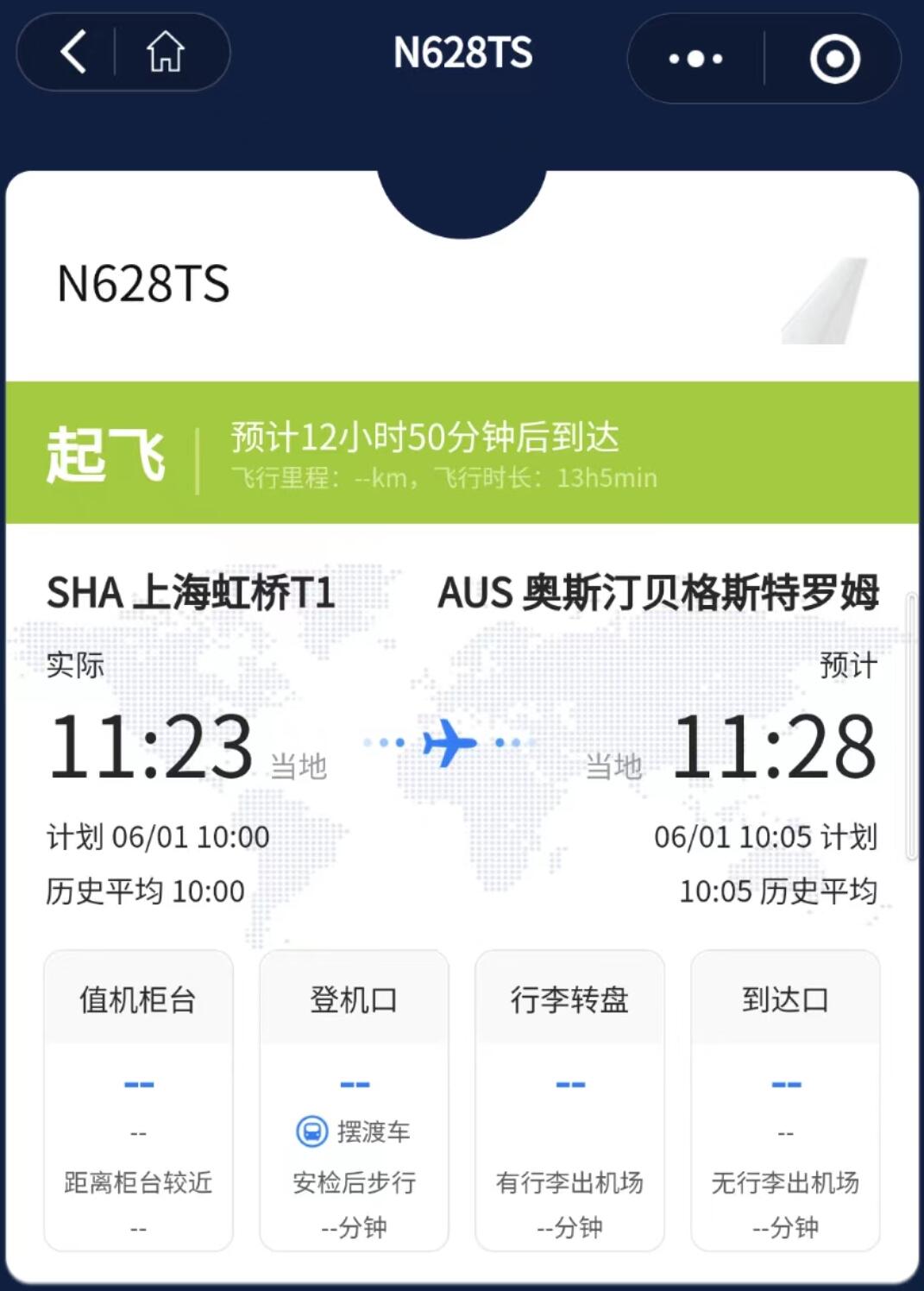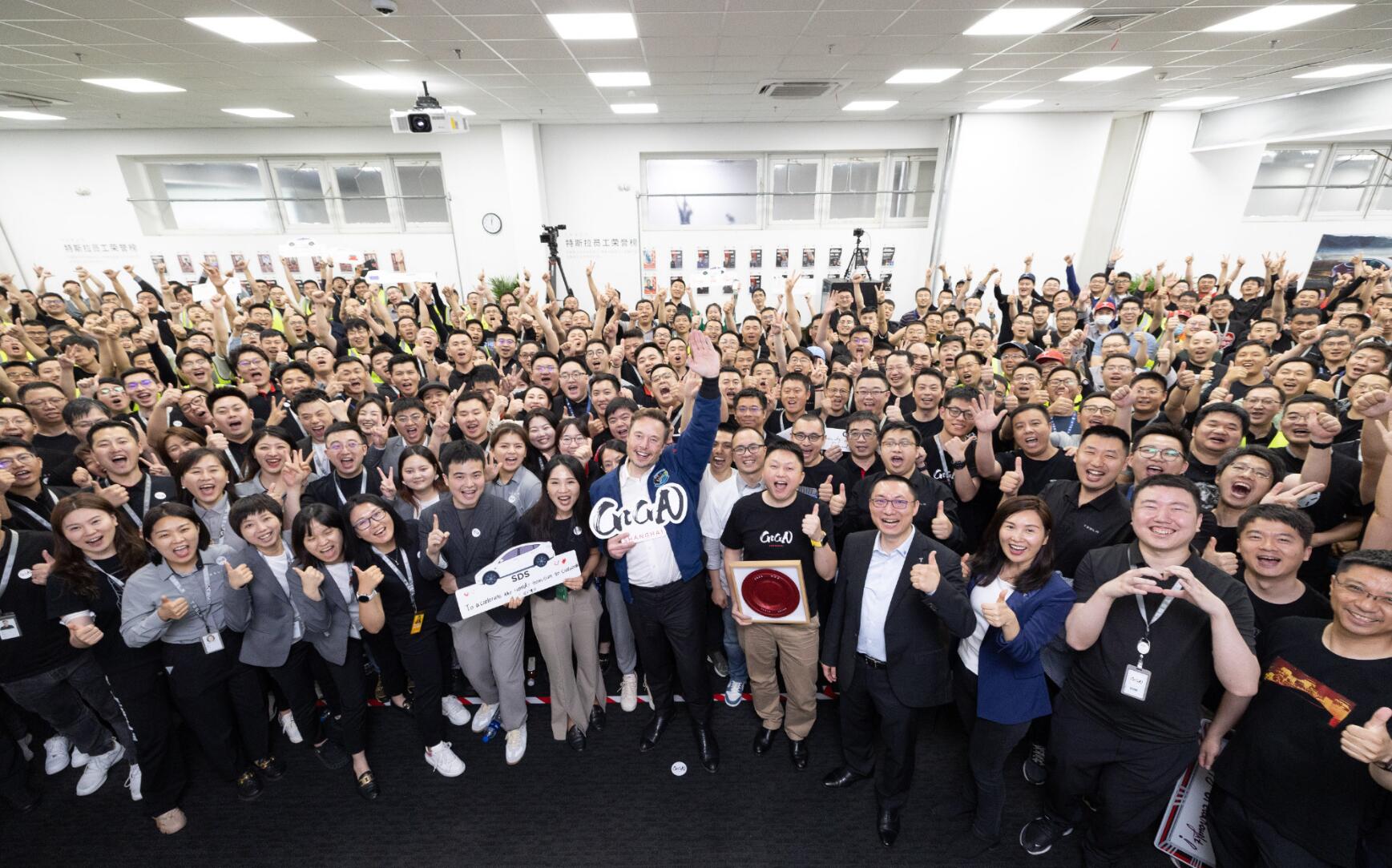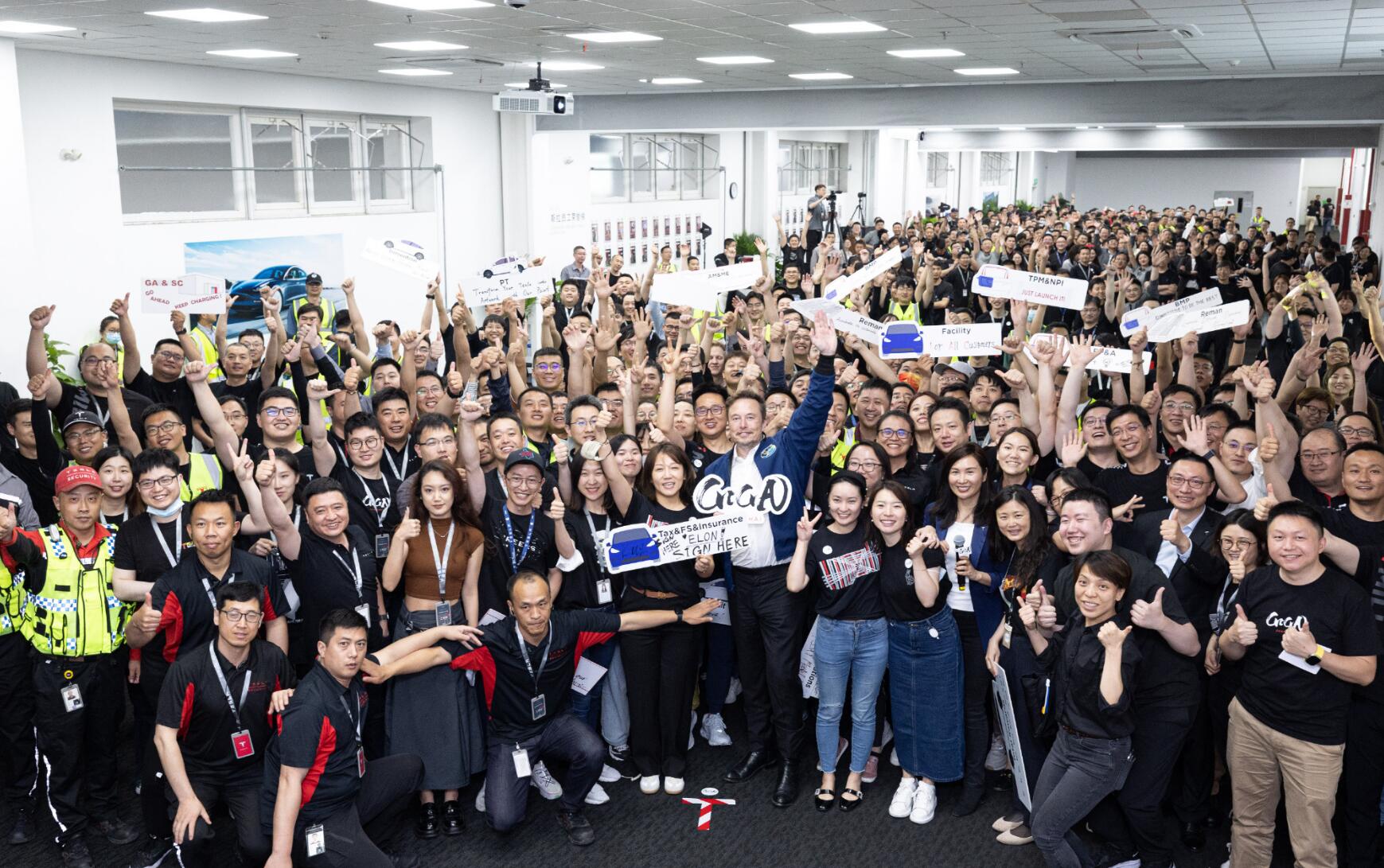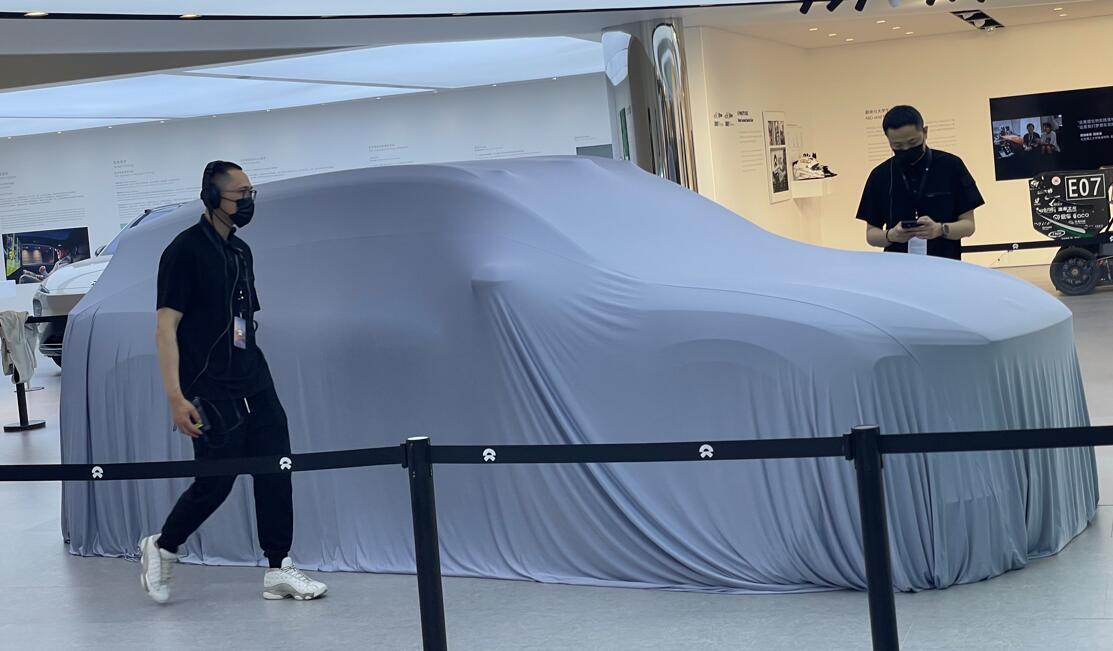The G6 needs to be successful for XPeng to be truly relevant to the market again, Deutsche Bank analyst Edison Yu's team said earlier this week.

(Image credit: CnEVPost)
XPeng (NYSE: XPEV) will start pre-sales of the G6, a new SUV aimed at competing with Tesla's (NASDAQ: TSLA) Model Y, in a week's time.
Pre-sales for the XPeng G6 will begin on June 9, the Chinese electric vehicle (EV) maker announced today on Weibo, without giving any further details.
XPeng had previously pre-sold the P5 sedan. As per previous practice, it is expected to announce the G6's pre-sale price next week and the SUV's official price at the end of June.
The XPeng G6 will officially launch in June, with volume deliveries starting in July, and production capacity will climb rapidly, the company's management said in a May 24 analyst call after announcing first-quarter earnings.
The G6 will be a hot seller in China's new energy SUV market priced between 200,000 yuan ($28,150) and 300,000 yuan, and will enable XPeng's total deliveries to grow well above the industry's pace in the third quarter, the company said.
With about two months set aside for the G6 from the start of production to delivery, XPeng expects the model to reach more than double the sales of the P7i, its management said.
"With margins and cash burn looking materially worse following 1Q earnings, we believe management may be making its last stand with the G6," said Deutsche Bank analyst Edison Yu's team in a research note sent to investors on May 30.
Yu's team believes that XPeng management's words on the call indicate that the EV maker expects to sell 6,000-8,000 units of the G6 per month.
The G6 needs to be successful for XPeng to be truly relevant to the market again, Yu's team said.
XPeng unveiled a new architecture called SEPA (Smart Electric Platform Architecture) 2.0 at a technical conference in Shanghai on April 16, saying the G6 would be the first model built on the architecture.
On April 18, XPeng officially unveiled the G6 on the first day of the Shanghai auto show, saying that the G6 is the ultimate form of car before full self-driving is achieved.
The model is based on the 800 V high-voltage platform and can get a 300-kilometer range in as little as 10 minutes on a charge, XPeng said at the time. The company's other 800 V-based model is the flagship G9 SUV.
XPeng cited the Tesla Model Y as its main competitor to the G6 and hopes to attract consumers with its sleeker design and updated interior.
The vehicle is positioned as an all-electric midsize SUV with a length, width and height of 4,753 mm, 1,920 mm and 1,650 mm, respectively, and a wheelbase of 2,890 mm, a regulatory filing in March showed.
For comparison, the Tesla Model Y has a length, width and height of 4,750 mm, 1,921 mm and 1,624 mm, respectively, and a wheelbase of 2,890 mm.
($1 = RMB 7.1042)
The post XPeng to start pre-sales of G6 SUV on Jun 9 appeared first on CnEVPost.
For more articles, please visit CnEVPost.















